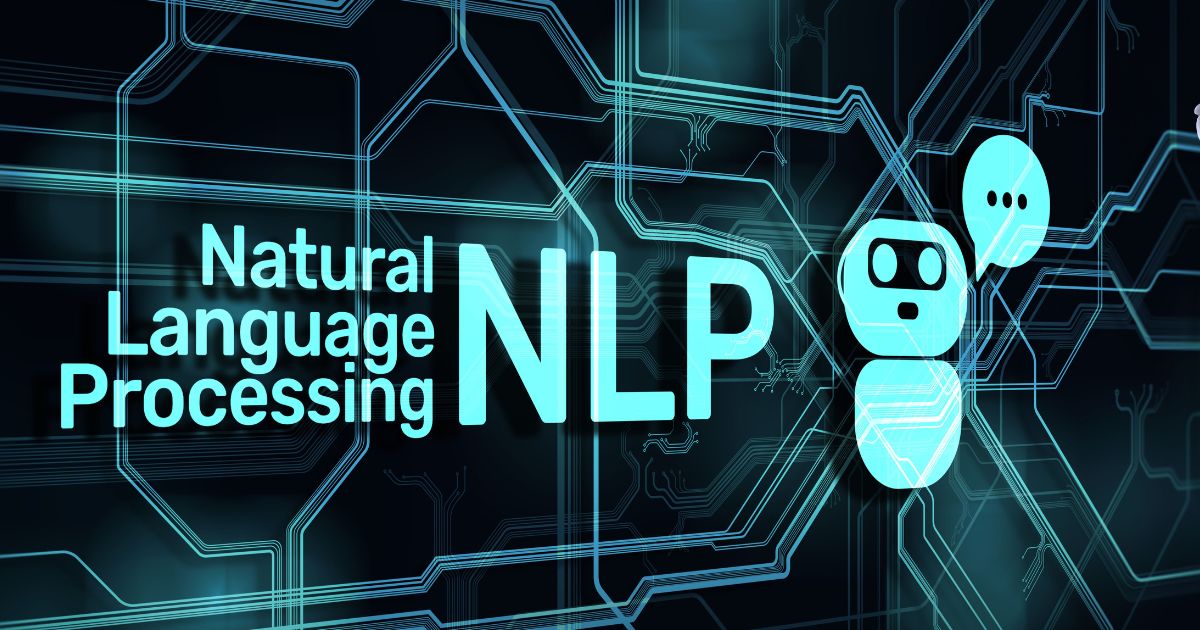The rise of AI-powered voice assistants like Siri, Alexa and Google Assistant has brought hands-free convenience to millions. But their inner workings largely remain black boxes – complex natural language processing (NLP) systems analyzing sentiment and intent behind the friendly interface.
This lack of transparency into how assistants interpret speech and text has raised ethical concerns about potential biases and unfairness. And when errors inevitably occur, even tech-savvy users struggle to understand why.
Enter the burgeoning field of Explainable AI (XAI), which aims to demystify AI decision making through techniques like:
- Feature importance – Shows the most influential input words.
- Attention mechanisms – Visualizes which parts of text the algorithm focuses on.
- Counterfactuals – Shows input tweaks that would change the output.
By peering inside the “black box” of language assistants, explainable NLP fosters trust in the technology and ensures more transparent, ethical AI development.
Why Language Assistant Explainability Matters
Frustrating errors, struggling developers, and ethical risks – lack of explainability causes issues for users, creators, and society alike:
Boosting User Confidence
When assistants trip up like booking the wrong restaurant, explainability builds confidence by showing users precisely how the algorithms analyze requests semantically. This helps clarify why certain responses occur.
Empowering Creators & Debugging
For assistant developers struggling to handle sarcastic remarks, explainable NLP offers debugging tools to spot issues and refine performance. Diagnosing bias risks also fosters more inclusive language AI.
Ensuring Ethical & Fair AI
Analyzing how sentiment detection works allows creators to check for unfair biases linked to gender, race and other attributes. This helps mitigate risks and prevent problematic AI reaching users.
Explainable NLP Techniques
Myriad emerging XAI methods are unlocking the secrets within language AI models:
Feature Importance
Feature importance techniques indicate which input words and phrases contribute most to outputs like sentiment analysis predictions. For example, highlighting that including “disappointing” and “terrible” triggered a negative review classification.
Attention Visualization
Attention mechanisms create heat maps showing which parts of text were weighted most heavily in decision-making. Users can see if key sentiment signals were overlooked or irrelevant sections over-focused on.
Counterfactual Explanations
Counterfactual tools generate text suggestions that would lead to different assistant responses. If a request was misunderstood, users can explore slight rewordings that clarify meaning. This builds intuitive comprehension of the NLP.
Interactive Experimentation
Interactive interfaces allow users to tweak inputs like removing words and see how assistants react differently in real time. Experimenting builds familiarity with an otherwise opaque process.

Real-World Explainable NLP Tools
Open source tools are bringing explainability directly to developers and users. Let’s explore some prominent examples making assistants more transparent.
SHAP
SHAP (SHapley Additive exPlanations) is a Python library that computes how much each word contributes to outputs from machine learning models. The technique helps users intuitively understand why their input prompted a certain assistant response based on sentiment signals.
LIME
LIME (Local Interpretable Model-Agnostic Explanations) explains any model by generating user-friendly counterfactual inputs showing how small text tweaks would change the prediction. For language assistants, slight rephrasings highlight nuances in how requests are interpreted.
Captum
An Explainable AI Toolkit designed specifically for PyTorch models, Captum features an array of explanation techniques tailored to demystify and debug NLP systems through attention mapping, contrastive examples and more.
The Road Ahead: Challenges & Next Steps
While great strides are being made towards explainable language assistants, open questions remain around usability, evaluation standards and computational efficiency:
Boosting Understandability
Ensuring explanations are intuitive and meaningful for non-technical users is critical so anyone can benefit from transparency, not just AI experts.
Developing Robust Metrics
There are no universally accepted criteria for evaluating explanation quality, making comparing methods arduous. Quantifiable benchmarks are needed.
Increasing Scalability
Many techniques remain computationally expensive, limiting their viability for large, complex commercial assistants. Advances in efficiency will expand access.
As research tackles these obstacles, we can expect explainable NLP to become:
- User-centric – Explanations customizable to backgrounds.
- Mainstream – Integral for responsible AI development.
- Standardized – Robust criteria for comparison.
In conclusion, explainability unlocks the black box algorithms behind intelligent assistants that communicate naturally through language. By illuminating these hidden processes, we stand to gain more transparent, trustworthy and ethical artificial intelligence.
















Add Comment